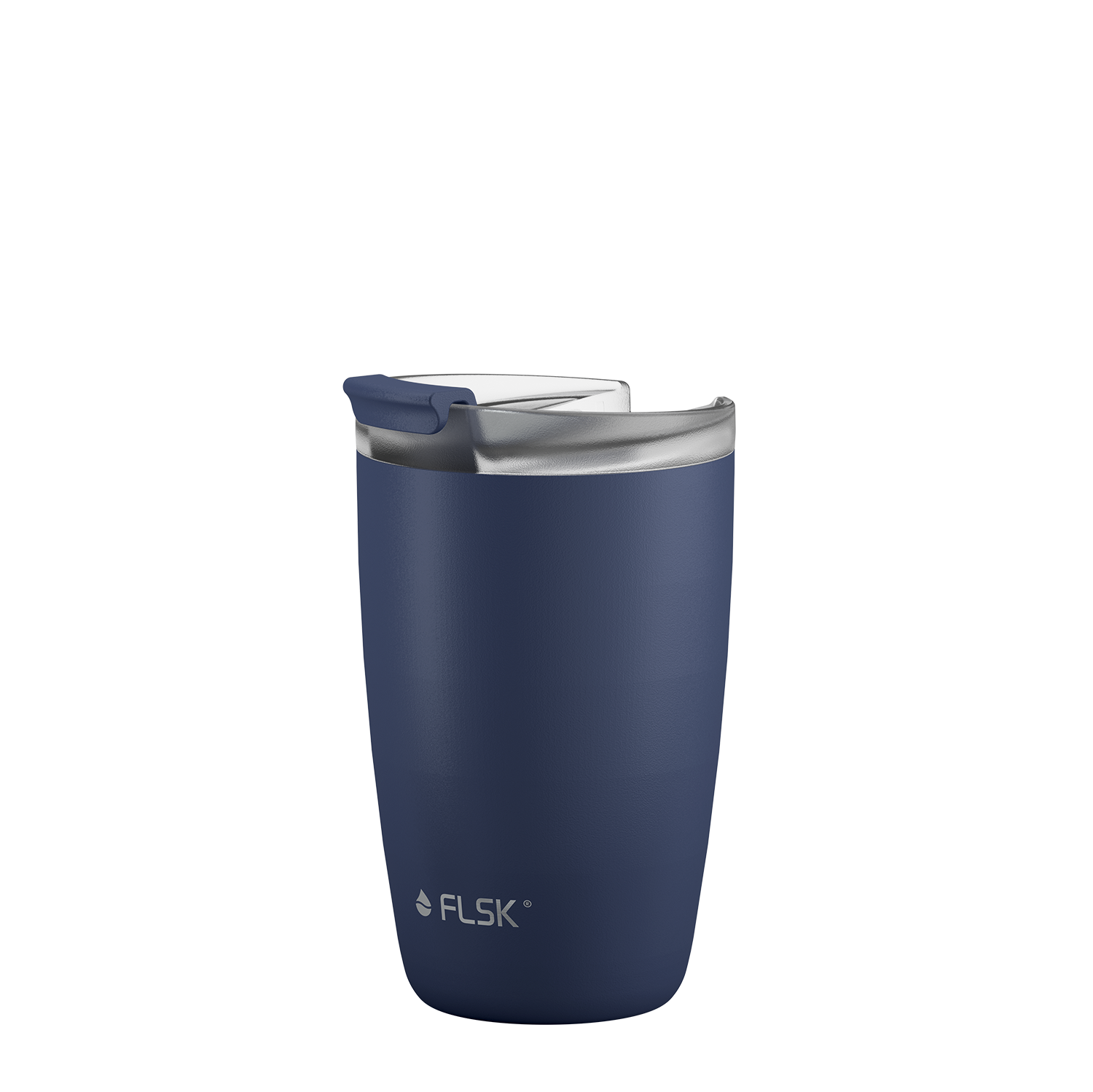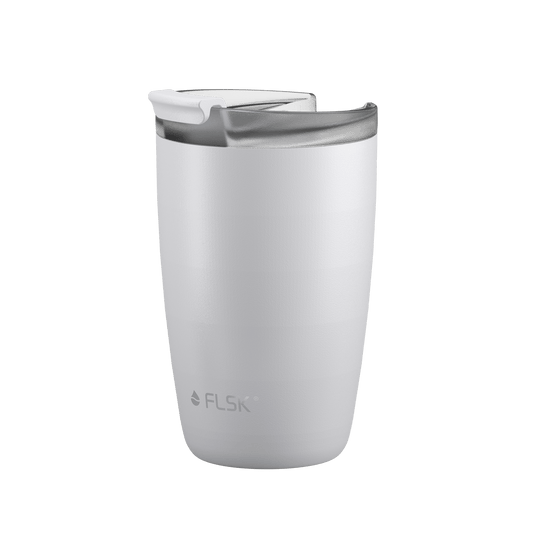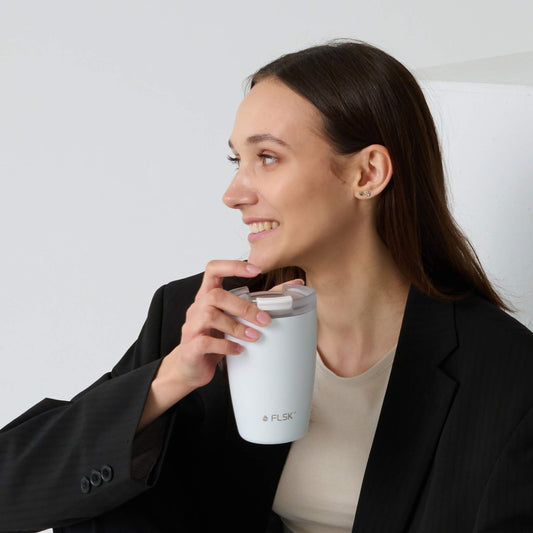How to avoid one-way plastic in your home
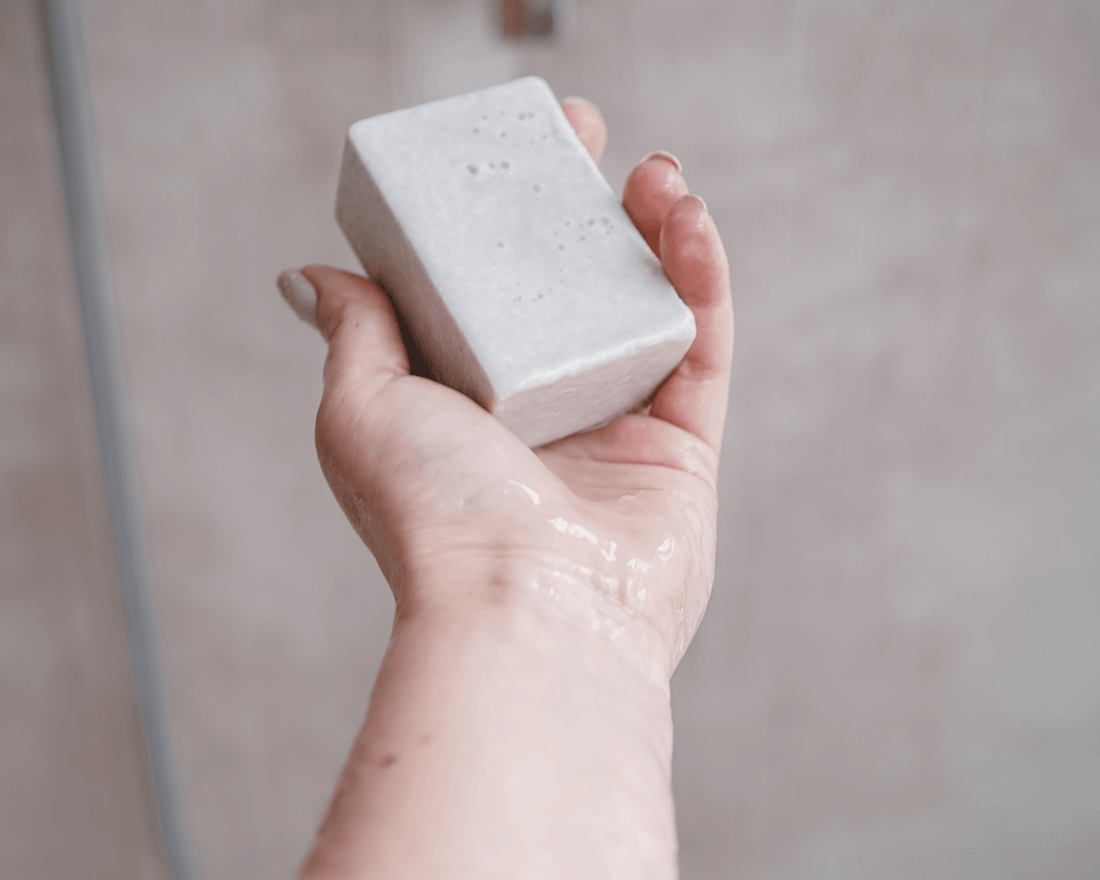
When the Barbie Girl song was released in 1997, plastic was at its peak. The material was celebrated under the motto Life in plastic, it's fantastic as practical, cheap and super versatile. Today, over 20 years later, we feel like shaking our heads in disbelief. Because we know what plastic does to both our planet and our bodies.
The WWF has created an astonishing picture to illustrate this: a credit card held by chopsticks. The University of Newcastle found out in its study that people take in an average of five grams of (micro-)plastic per week through breathing and eating. This is equivalent to the weight of a credit card!
Plastic is simply everywhere these days. Not only in the form of carelessly discarded bottles in the public park, but also in the air we breathe, in our water and in our food. 18.9 million tons of packaging waste were produced in 2018, and every German inhabitant throws away 227.5 kg of plastic per year.
If you also get dizzy from these figures, then let's do something about it together: We have compiled tips that will help you to easily reduce single-use plastic in the hot spots of the bathroom, kitchen and living area. The result: better health, a clear conscience – and less waste!

Bathroom – clean and tidy with no packaging waste.
- Solid instead of liquid: Nowadays, there are great, fragrant and nourishing products in solid form that easily keep up with the traditional plastic-wrapped items. What you can replace:
- toothpaste with dental powder or tabs.
- liquid soap, shampoo, shower gel and shaving foam with a solid bar.
- deodorant spray with solid deodorant or deodorant cream from a glass jar.
- Reusable instead of disposable: Why does so much plastic waste accumulate in the bathroom? It's because of our throw-away mentality. We think it's more hygienic to throw away cosmetic products instead of cleaning and reusing or refilling them. Convince yourself of the opposite:
- Use washable make-up removal pads or flannels for face and body instead of wet wipes from the pack.
- Menstrual cups, cloth pads and period underwear are comfortable, safe and sustainable.
- For many products, such as soap or cream, manufacturers offer a practical refill option. Look out for sustainable materials: Almost every drugstore has alternatives to plastic or composite products in its range, e.g.: Bamboo toothbrushes. Wood- or paper-based Q-tips. Cosmetic products with packaging made of (recycled) paper or glass.

Kitchen and grocery shopping – let’s skip the plastic.
- Drink tap water: It is one of our safest comestibles and guaranteed plastic-free. You can fill it into the FLSK drinking bottle when you're on the go and enhance it with a slice of lemon, mint and co. or sparkling carbonic acid.
- Buy unpacked: Look for stores that offer their products without packaging. These can be zero-waste shops in larger cities or local food producers that you can find at farmers' markets or visit in their farm shops. Often there are deposit containers on site or you can simply bring your own stainless steel boxes, bread bags or jars.
- Think big: Not all foods are available without plastic packaging. If you still want to buy them, it's better to go for the large storage pack instead of the small pack. This is not only more economical, but also more environmentally friendly.
- Store, cover, freeze: You can replace plastic products such as freezer bags, cling film or plastic boxes with kitchen gadgets made from sustainable materials almost always. Read more about how to do this in our 6 tips for more sustainability in your kitchen.
- The plastic bag is a never-ending topic in environmental discussions. Short-cut: simply say no to every new plastic bag when shopping, just use the ones you have until they fall apart and then replace them with one or two nice fabric bags.

Living area – better living with wood, cotton, stainless steel.
- For every plastic stool, basket or storage box, there is a greener (and prettier!) alternative, e.g. made of wood or stainless steel. Also applies here: Replace everyday objects and furniture only at the end of their life cycle.
- Enjoying some food from the delivery service in front of the TV in the evening? We all love that. But the piles of polystyrene containers that end up in the bin afterwards can spoil one's appetite. For a better waste balance, order from restaurants that use a deposit system or at least boxes made of corn starch. Alternatively, ask if you can pick up the food with your own containers.
- Your home has to be clean for you to feel comfortable. But you don't need lots of detergents in plastic bottles. Instead, use home remedies such as curd soap or soda, or simply make your own cleaning products (there are numerous instructions on the web).
So, that was a whole load of inspiration for you and your plastic-free life. Ready to put your bin on a diet? It's best to start with whatever seems easiest to you and you are curious about. New experiences and a better way of life await you – so don't forget to have fun while you're at it!
- Engraveable.
FLSK coffee cup
350 ml · white
- Engraveable.
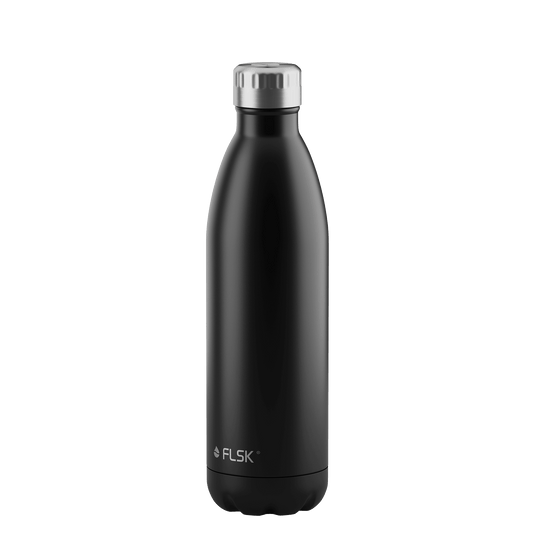
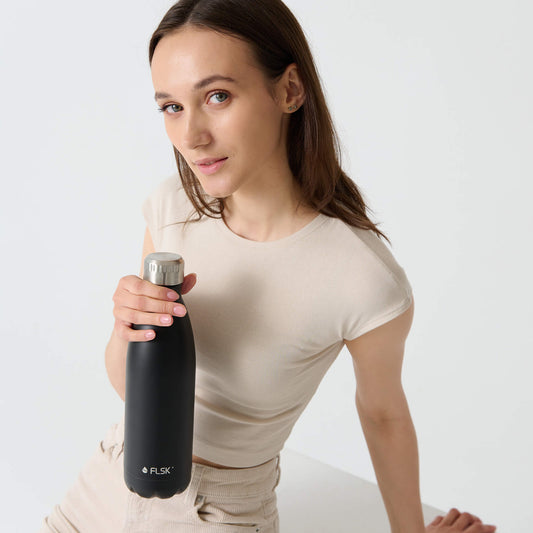
FLSK drinking bottle
750 ml · black
- Engraveable.
